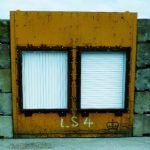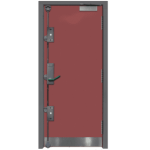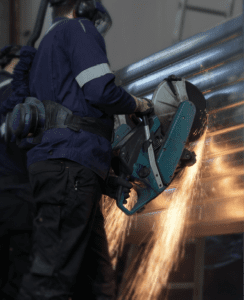In an explosion or Blast (accidental or otherwise) the most common cause of injury and fatality is debris. Pressure waves can carry glass and debris up to speeds of 68 MPH at 2 psi, though may increase in both force and damage dependent on the peak overpressure*.
Standard security measures won’t stand a chance against this amount of force. As the unfortunate risk of IEDs being detonated in public areas becomes more prevalent, defending against blast is becoming a key priority for risk managers.
Engineers, scientists and explosion experts have spent many years developing various and highly effective methods of defending against blast.
From pressure venting to glazing film to strengthened walling, blast mitigation through structural reinforcement has come a long way from the basic building methods used in the 1960s & 1970s. But there is still much to do.
Sites and facilities that store or play a large part in the life-cycle of hazardous materials must consider and comply to the regulations. Originally clarified in 2014, the Explosives Regulations 2016 (ER2014) provides safeguarding restrictions and notes the legal repercussions of accidental explosions.
The construction industry has seen a boom (pun not intended) in modular pre-fabrication construction that shows no sign of slowing down. However the rising concerns of attacks in the name of terrorism has led to a vital need for products capable defending against blast as a very real threat.
One such development is the Obexion Blast Blind. Intelligently manufactured as mitigation of blast, the Obexion Blast Blind is capable of securing internal space in these worst-case scenarios.
Understanding Blast
Implementing blast protective measures doesn’t require in-depth knowledge of the risk. However understanding how explosive devices are detonated and what is likely to happen to a building is a good place to start. Please note that this is a very basic overview.
There are four main types of explosion.
- Mechanical – high pressure gas produces a physical reaction.
- Chemical – exothermic reaction from combining chemical explosives create high pressure gas.
- Nuclear – fusion process creates high quantities of heat and gas.
- Electrical – high energy electrical arcs may create an explosion.
The prevention of explosion and blast requires more intrinsic knowledge of the site. For example, the approach to securing a Nuclear facility will be very different from that of a commercial building in London’s Financial district.
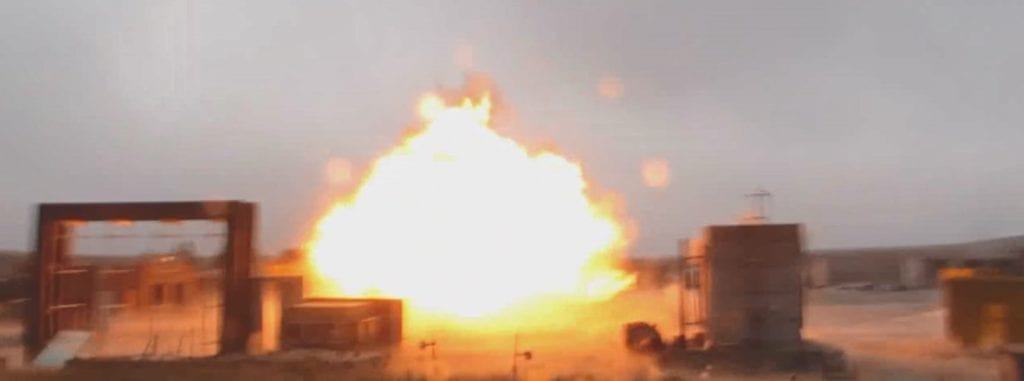
When a substance explodes, the explosion will cause two waves of pressure. The incident (or initial) pressure wave is immediately projected onto everything within a certain distance. The impact zone of this detonation wave is determined by both the substance and the quantity used.
The incident pressure will cause serious damage to the main structure of the building. It is the secondary wave however, the negative pressure force, that poses the more dangerous threat. This negative pressure causes further damage to the weakened building structure, causing shrapnel, glass and other debris to fly.
As mentioned, the most common cause of injury and fatality from an explosion is not the primary blast injuries (a direct hit by incident pressure) but rather from debris caused by negative pressure.
The Obexion Blast Blind
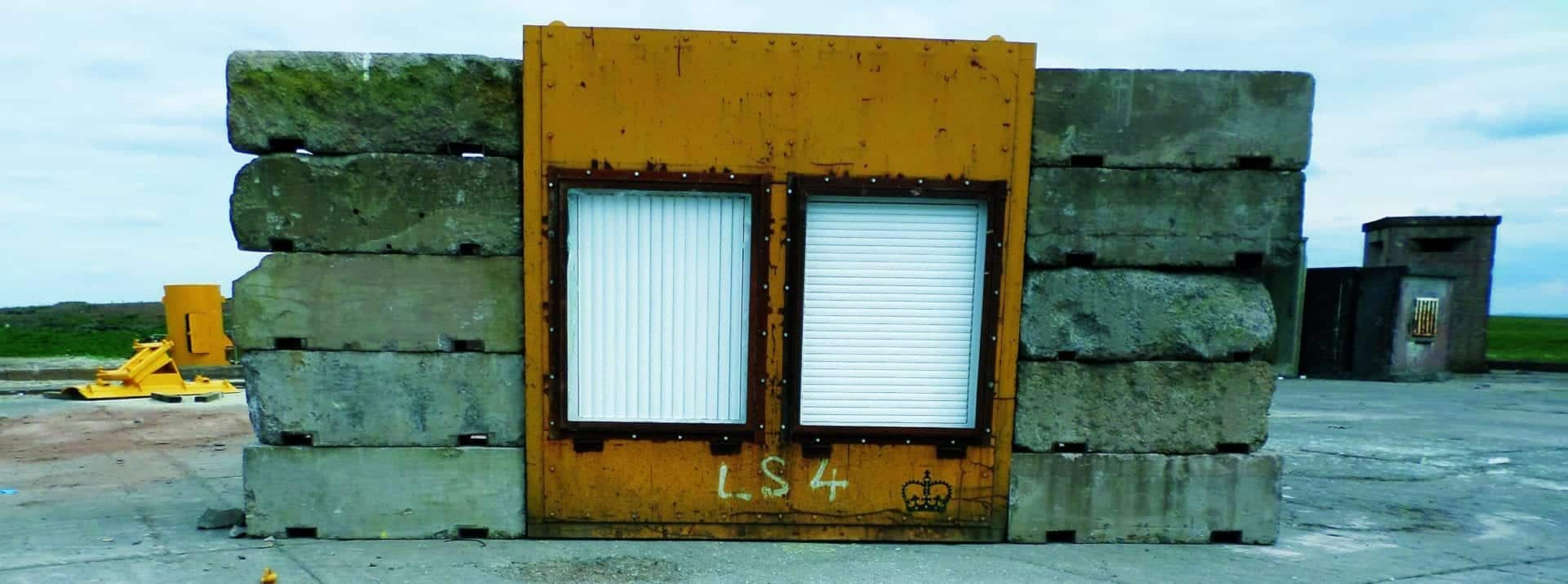
It is true that buildings are much more capable to withstand a blast. Should the explosion come from outside the building, anything placed in-between bomb and person is considered a measure in itself.
Therefore physical reinforcement through tried and tested products designed to counter attacks of this kind is vital. One effective method of securing property against explosion is the Obexion Blast Blind.
Offering a unique layer of retrofit protection, the Obexion Blast Blind is manufactured with incredible core durability designed to absorb the incident pressure. As an internal fixture, the negative pressure then triggers the steel-reinforced blades to automatically close. This secures the internal space from the debris, glass or further attack.
The Obexion Blast Blind has successfully endured real-life blast scenarios to 100kg and 500kg TNT Equivalent. Available in varying configurations, the Obexion Blast Blind has be tested in accordance to ISO 16933 hazard rating.
As an internal retrofit product, the Obexion Blast Blind can be implemented on any property. Perceived and operated as a standard blind, there are few implications for style or building design.
Installed either as a single safeguarding measure, or as part of a larger project alongside the Obexion Blast Door, the Blast Blind offers high performance solution. No measure will ever be 100% effective, but the Obexion Blast Blind will massively reduce casualties from the destruction thereafter.
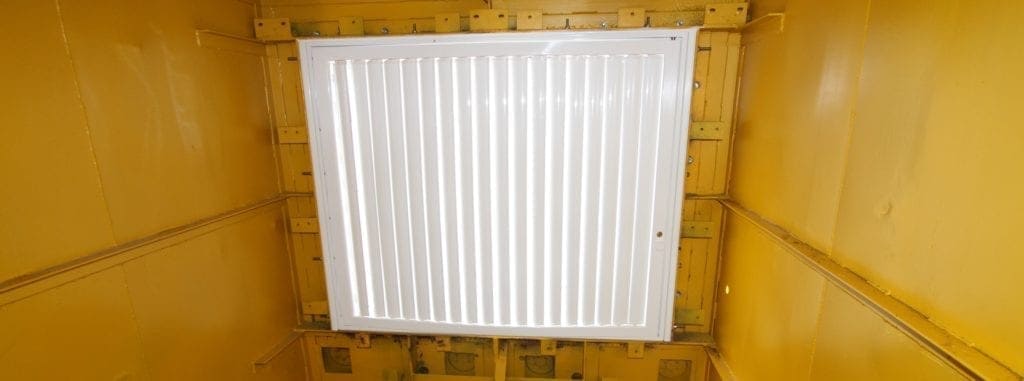
Defending against blast
To summarise, there are three main considerations when it comes to effectively defending against blast:
1. The potential for explosion
How likely is an explosion?
The measures required to defend against blast effectively are largely dependent on the potential of explosion. This again comes back to the type application; is the site to be a fuel transport depot or Government property?
A thorough risk assessment is a precursor to any works. This will ultimately highlight the likelihood for disaster – intentional or otherwise.
Securing a property against a targeted attack rather than reinforcing it to protect the people inside may therefore be misapplication of resources.

2. The property
What vulnerabilities does the property have?
To use the same example, a fuel transport depot will be equipped with hazard safeguards along with protocols for explosions and limited access to public. The facility can therefore be manufactured to suit any risk a lot more easily.
A Government property on the other hand is high-profile, with high-profile occupants as well as a high volume number of visitors.
Person-borne improvised explosive devices (PBIED) are an ongoing concern that requires at least a heavy guard presence. There are a number of variables, one of which is that the buildings are often restored or ageing.
Access is also to be considered. For Government buildings in widely-populated areas, explosives may be transported either via vehicle or person.
Vehicle mitigation including bollards, fences and gates are not only a deterrence but a strong tactic in keeping vehicle-borne improvised explosive devices (VBIED) as far away from a structure as possible.
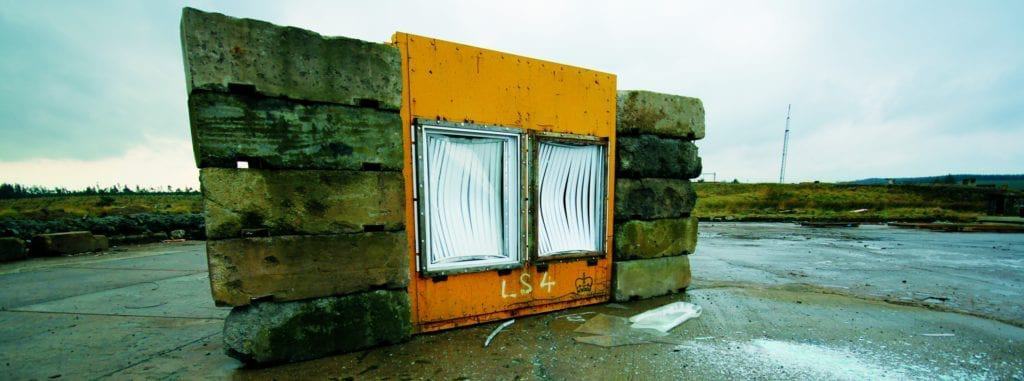
3. The fallout
What implications would an explosion have?
Returning once more to the fuel transport depot, should an incident occur there would be limited fallout. Yes, there would be a dip in the supply chain along with financial implications for the corporate overhead – not to mention the potential loss of life.
However for the Government site, the fallout could potentially be catastrophic. Should officials be harmed or killed, the Government may come to a standstill. If the explosion was intentional, it could cause international grief. There must be a sense of relativism.
The ultimate challenge is to find the balance between protective measures without compromising the principles of urban design.
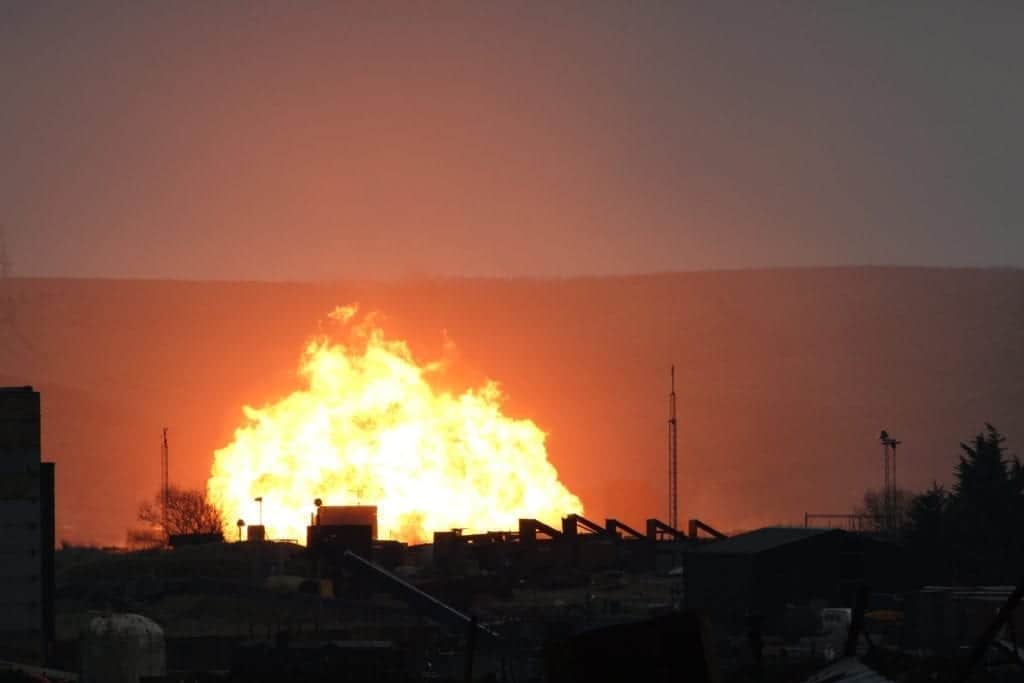
Further information on defending against blast
If you are interested in more details on the Obexion Blast Blind, click below to download the full product specification:
If you have any queries on defending your property, assets or people against blast, please feel free to reach out to the team at Charter Global on the form below:
Amended 4th February 2019 for clarity.
*Zipf, R. K. & Cashdollar, K. L. – “Effects of blast pressure on structures and the human body.”








